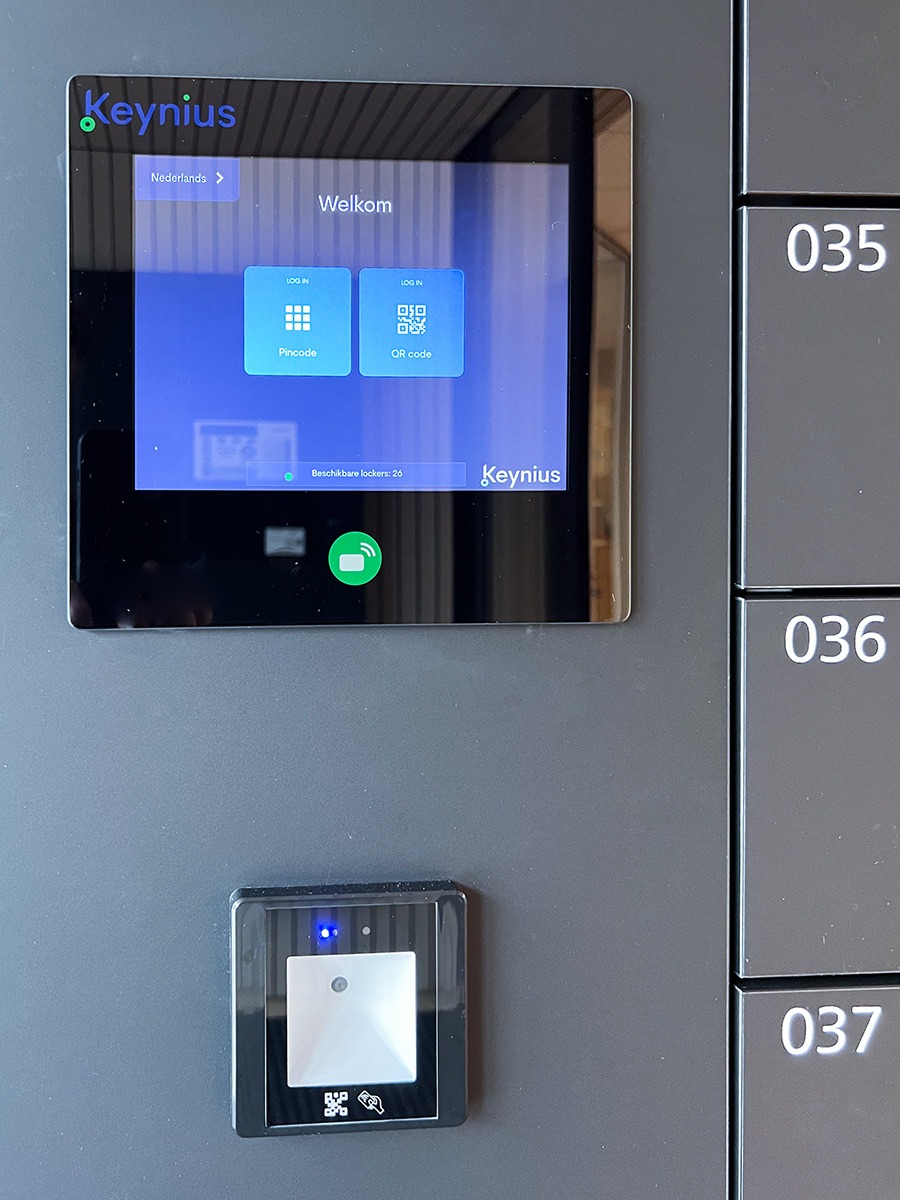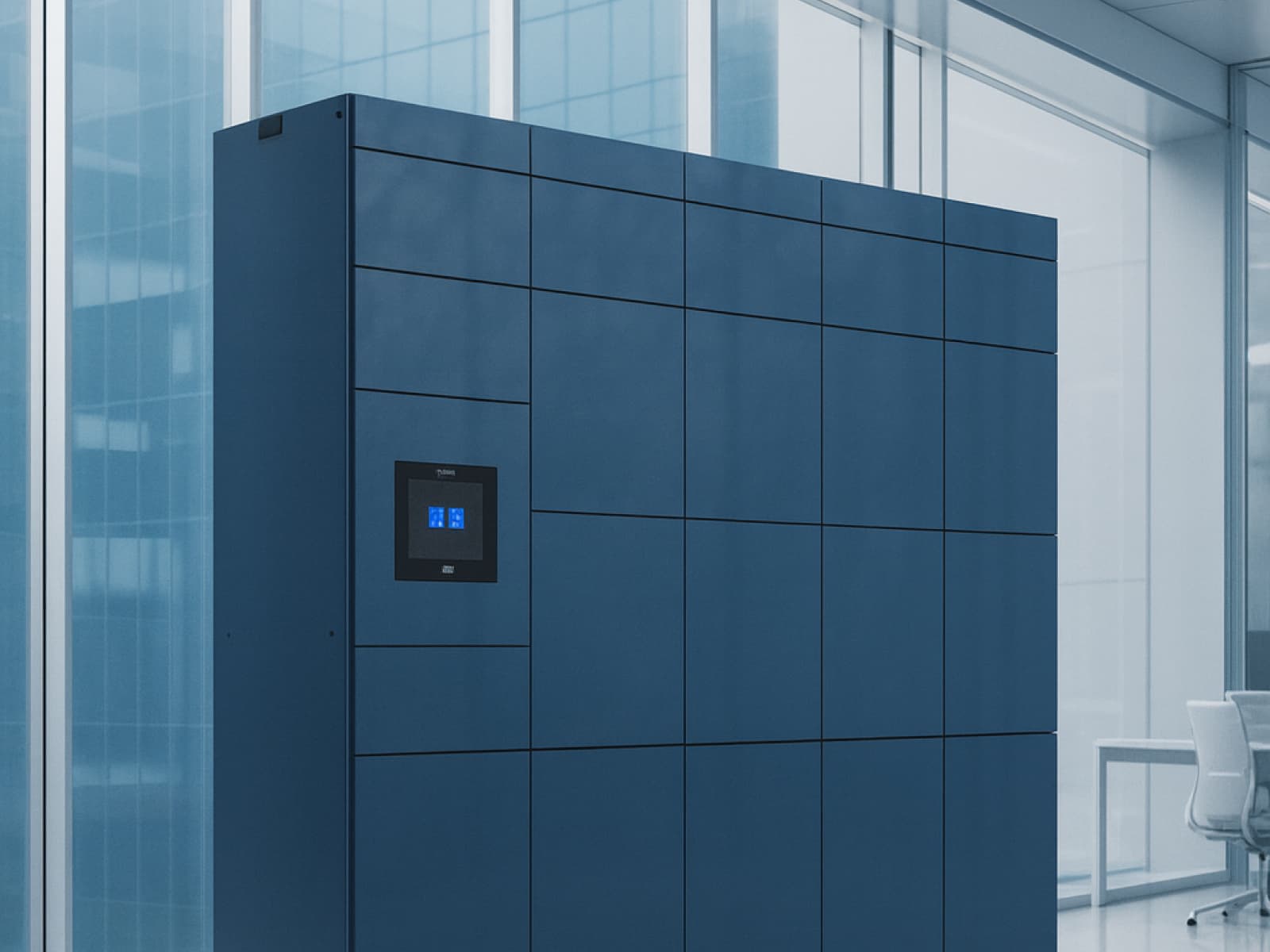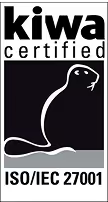Smart locker systems are transforming how organisations manage storage and access in workplaces, gyms, schools, and public environments by effectively managing lockers. Far beyond traditional lockers, these systems use intelligent technologies such as RFID, mobile access, and cloud-based management to enhance security, streamline operations, and create a better user experience.
In this article, we’ll explore what sets modern smart lockers apart, how they integrate with existing infrastructure, and why they’re quickly becoming essential in today’s flexible work environments, especially with their advanced locker lock systems.
What Are Smart Locker Systems?
At their core, lockers are for secure personal or shared storage. Traditional models used padlocks or keys, often leading to administrative challenges like lost keys or misuse.
Smart lockers replace these outdated methods with intelligent locker systems that enhance security and accessibility.
- RFID or NFC card access
- Mobile app integration allows for seamless locker management and user access.
- PIN code and biometric access
- Centralised, cloud-based management
This enables real-time monitoring, automatic assignment, and seamless integration with your existing access control systems.

Benefits of Smart Lockers in the Workplace
Enhanced Security
Smart locker locks eliminate the need for physical keys. Access is controlled via secure credentials—ID cards, smartphones, or even facial recognition, ensuring a robust locker lock system. Audit trails record every access attempt, adding an extra layer of accountability.
Operational Efficiency
Admin tasks like locker assignment, resets, or reporting are fully automated through the locker management system. Locker managers can optimise the allocation and configuration of locker usage efficiently.
- Set access schedules to optimise the use of locker space and availability.
- Trigger notifications for misuse or expired access
- Monitor occupancy in real time
User Convenience
Employees or visitors can access lockers using their existing building pass, a mobile app, or digital access methods. For hybrid workplaces, lockers can be dynamically assigned per visit or user group, optimising space utilisation.
How Smart Locks Power the System
The smart lock is the foundation of any intelligent locker solution. Unlike manual locks, modern electronic locker locks support digital access and real-time alerts.
- RFID cards or fobs
- Bluetooth and smartphone pairing
- Access card integration with existing systems (e.g., Salto or Gantner)
By using the same credentials for building and locker access, you eliminate friction and reduce IT overhead.
The Role of RFID and Mobile Access
RFID technology enables quick, contactless locker access using employee badges or wearables, optimising user experience. When paired with mobile apps, users receive:
- Real-time alerts are essential for monitoring locker usage and security.
- Temporary guest access can enhance locker management in various facilities.
- Lost badge override options
This makes smart lockers ideal for secure storage environments like tech firms, coworking spaces, and healthcare settings.
Integrating Locker Systems with the Digital Workplace
Modern smart lockers aren’t standalone; they’re part of a connected workplace. Integration options include:
- Facility management platforms
- HR software (for user provisioning)
- Calendar tools (for booking lockers in advance) are essential for optimising locker management.
APIs enable full system customisation, allowing you to tailor locker logic to your policies and employee behaviours.
Key Use Cases for Smart Locker Solutions
- Corporate Offices: Hot-desking, visitor lockers, hybrid worker support
- Gyms & Fitness: Member access, time-based usage, digital lockers for valuables
- Universities & Libraries: Temporary storage with ID-based access
- Transport Hubs & Airports: Cashless, short-term storage lockers offer a keyless solution for temporary needs, enabling easy cashless payments.
- Retail & IT: Secure delivery lockers or asset management for laptops and equipment are essential components of effective storage solutions.
Electronic Cabinets for Asset Security
Beyond personal storage, electronic cabinets with smart compartments are ideal for securely storing various items
- Laptops and tablets can be securely stored in smart locking systems designed for optimal safety.
- Uniforms or safety equipment can be efficiently managed with intelligent locker systems.
- Tools and sensitive materials
Real-time tracking and usage logs make these systems invaluable for IT departments, logistics teams, or medical facilities.

Leading Brands: Gantner and Salto
Industry leaders like Gantner and Salto offer locker platforms with robust APIs, flexible hardware options, and seamless integration into enterprise environments. Their electronic locking systems are built to support scalability and compliance across industries.
Conclusion: Why Smart Locker Systems Are Future-Ready
Smart lockers have evolved from simple storage into dynamic tools that support security, compliance, and user experience. By integrating access control, digital workflows, and automation, they deliver measurable ROI and enable workplace flexibility.
FAQ about Smart Lockers
How does the Keynius locker system work?
Keynius lockers combine smart electronic locks - smart locks and battery locks - with cloud-based software and optional local controllers via our Smart Home Teacher and Students.
Locks connect via LAN or Bluetooth to the Keynius platform, allowing users to authenticate, open, and manage lockers through touchscreens, RFID, PIN, or mobile app.
Admins control access rights, monitor usage, and configure lockers remotely via the Keynius Portal.
Can I customize the locker design and materials?
Yes. We are the only smart locking provider that owns every part of our supply chain, which includes all components, hardware, cabinetry, and software. This allows us to offer the most customizable smart lockers in the industry.
Lockers are available in multiple materials and colors:
Steel, powder-coated in standard RAL colors.
Wood-based panels with extensive Egger color finishes.
HPL laminate for high-durability indoor/outdoor use.
Outdoor waterproof steel version.
Each locker supports optional side panels, bases, benches, and color branding, or vinyl wrapping, as well as your selection of lock type, connection type, and many other custom add-ons.
Is the platform cloud-based or do I need local servers?
The Keynius platform is fully cloud-managed, requiring no local servers. Hardware like Smart Home Teacher/Student units and Battery Locks connect to the cloud via LAN or Bluetooth and are configured through the Keynius Portal or App.
What authentication/access methods are supported?
Supported authentication methods include:
PIN (capacitive keypad or mobile-assigned)
RFID (MiFare, HID, NFC, Apple Wallet)
Mobile app (BLE) for remote and Bluetooth access
QR code scanning (QR Reader IP65)
Payment terminals can optionally authenticate via debit/credit contactless systems.
How secure is the system and where is the data hosted?
Hardware is certified to CE, FCC, UKCA, and RoHS standards, with IP-rated protection up to IP65 for outdoor units.
Locks feature encryption, motorized mechanisms, and mechanical overrides for fail-safe access.
All data, including access logs and credentials, is stored securely in Keynius’ EU-hosted cloud environment compliant with European data protection standards.
Can Keynius integrate with our existing software?
Yes. The system offers open APIs for integration with HR, facility, payment, or booking systems. Payment terminals support remote configuration through the Terminal API.
View our existing integrations here.
What industries or use cases is Keynius suitable for?
Keynius offers a modular, flexible design which makes it compatible for nearly every industry and use-case.
Our most common sectors include:
- Corporate offices (personal storage, hybrid desks)
- Education (student lockers, IT device storage)
- Logistics and retail (parcel and click and collect)
- Leisure, hospitality, and healthcare (staff or visitor lockers)
What’s included in the setup and onboarding process?
Every project is different and requires its own scope, but we strive to offer a consistent and repeatable solution as much as possible to streamline our effectiveness and the quality of service we're able to deliver.
1. Design phase: Configure cabinet models, lock types, and finishes.
2. Installation: Connect Smart Locks to the Smart Home or cloud (plug-and-play).
3. Software setup: Locker walls created in the Keynius Portal; access rights assigned.
4. Training: Admins and users onboarded via the app guide.
5. Support: Remote monitoring, software updates, and Keynius support line.








%201.svg)
%201.svg)
